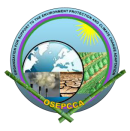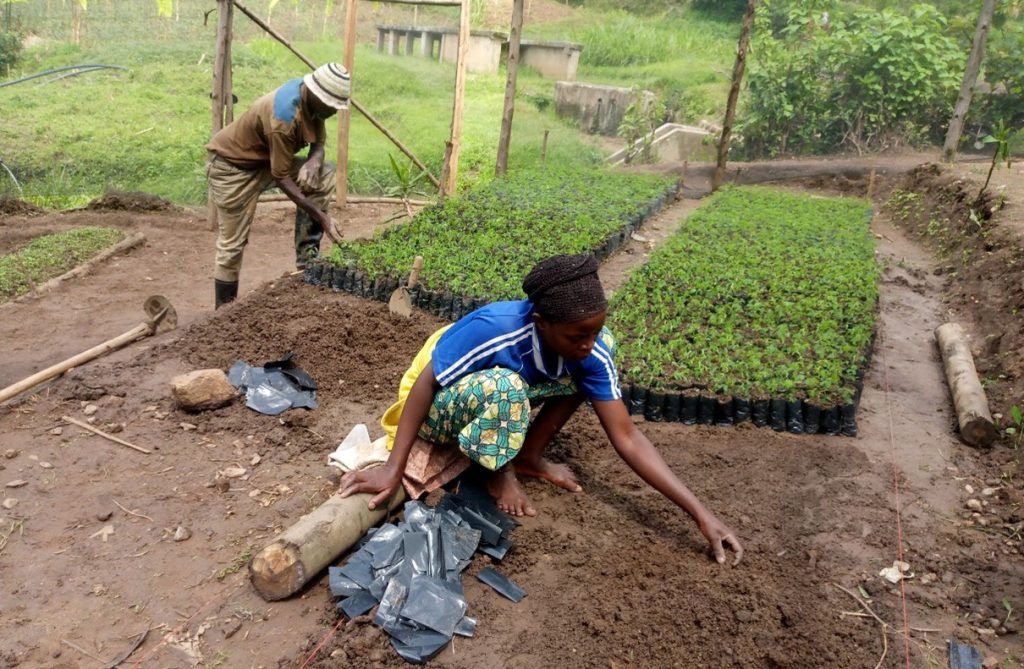Forest Landscape Restoration (FLR) is a long-term process aimed at restoring ecological functionality and improving human well-being across deforested or degraded forest landscapes. FLR plays a crucial role in combating the effects of climate change, which disproportionately impacts local communities. Therefore, it is essential to prioritize their involvement in restoration activities to ensure the success of the restoration efforts.


The Organization for Environmental Protection and Community Climate Change Adaptation (OSEPCCA) is currently implementing a landscape restoration project in Rutsiro District, Boneza sector. We are restoring 280 hectares of degraded land by planting 150,000 trees, including both indigenous and exotic species. These trees are agroforestry species designed to enhance agricultural production, alongside shrubs that serve as fodder for animals. Additionally, we are planting fruit trees to help reduce malnutrition and generate income for local communities. This restoration effort is generously funded by TerraFund for AFR100, with Rutsiro District local authorities providing crucial support for the project’s implementation. Since the project’s started, 474 local people have been employed in various activities, including tree planting, nursery preparation, site preparation, weeding, and watering. 201 women and 133 youth making up the majority of the workforce.

As one of the approaches that OSEPCCA uses in restoration interventions, we place smallholder farmers at the forefront of restoration activities. Local communities living in the restoration area actively participate in all aspects of the restoration process, from seedling production to planting and maintenance. Through our organization’s empowerment initiatives.
Over 10 community members received training and capacity-building in nursery management and restoration techniques, equipping them to lead and contribute effectively to the project. Additionally, 12 block leaders were selected by the communities to oversee the newly created blocks. These leaders were trained on the intervention, focusing on its significance in agriculture and the restoration of degraded land.



Hi OSEPCCA,
Yau are doing good job which is similar with what we are doing with Kikandwa Environmental Association we work with smallholder farmers to plant indigenous and fruit trees,we received funding from TerraFund for FR100 to plant 80000 trees in 300 hectare on farmers land,we will be accomplishing that task towards the end of this year.
Kaganga John
Programme Manager for Climate Smart Innovative Agroecology Project.
+256772494697
johnkaganga@gmail.com
That’s wonderful, dear Kaganga. I believe a collaboration between the two organizations could lead to significant and impactful outcomes.